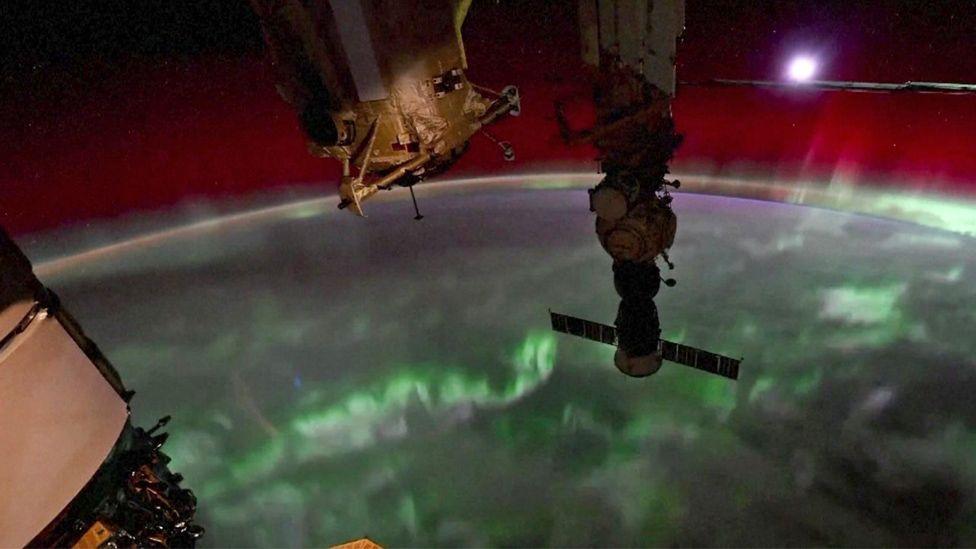Northern Lights sparkle across the West Midlands
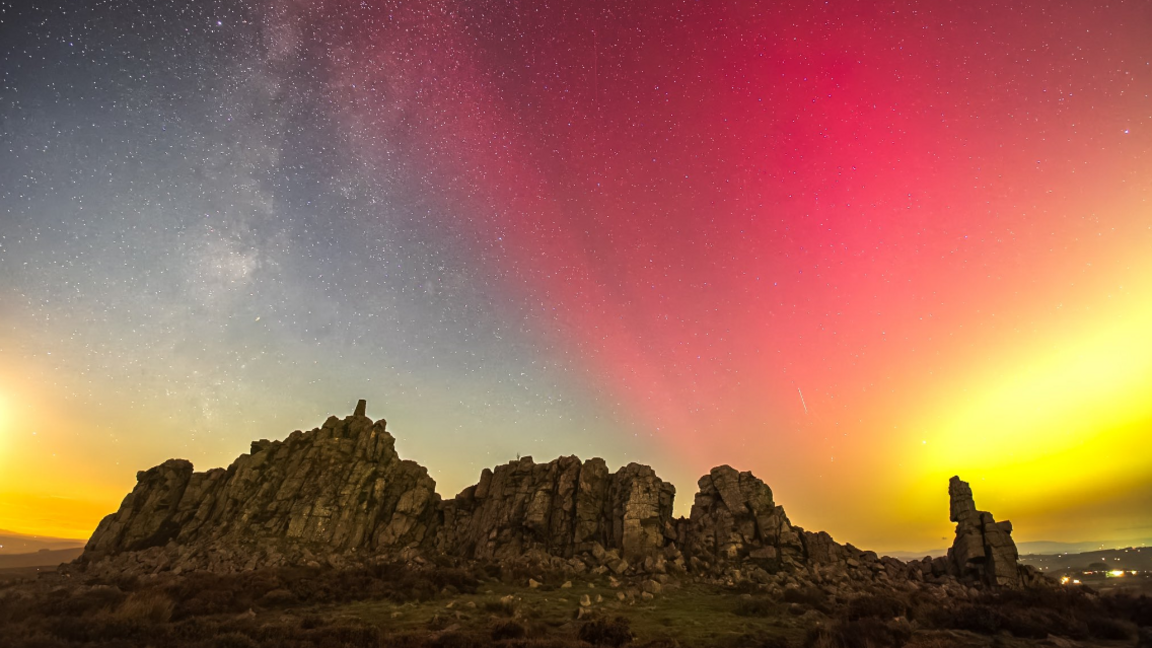
The view above Stiperstones, Shropshire, was gorgeous
- Published
There was a stunning display of colour on Thursday night as the Northern Lights put on a show.
According to BBC Weather, it was the strongest and most widespread exhibition of the phenomenon in the UK since May.
However, we are unlikely to get such a show in the Midlands on Friday, as solar activity is expected to weaken.
Here are some of the best examples of photos from across the region.
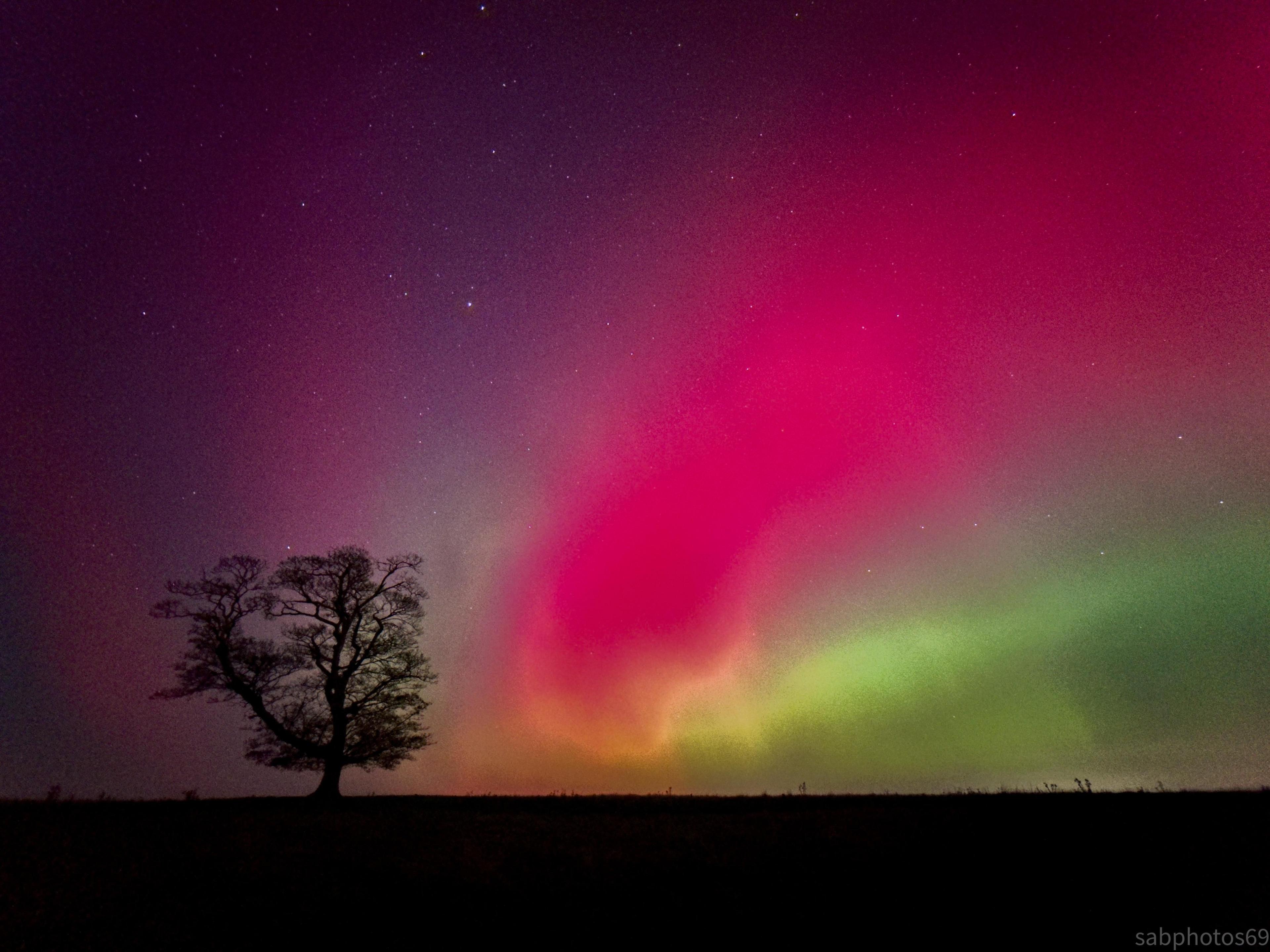
Enville, Staffordshire
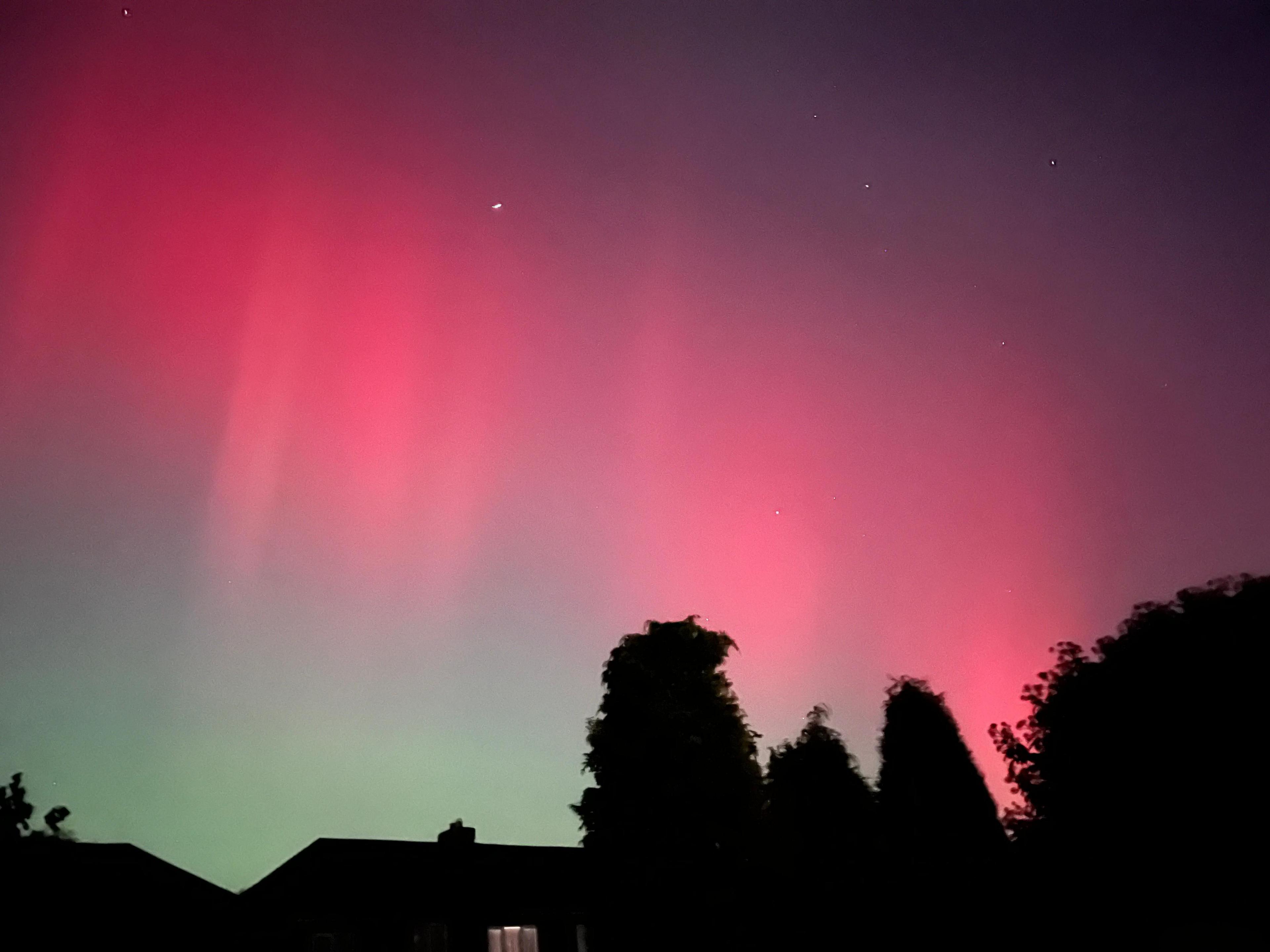
Walsall
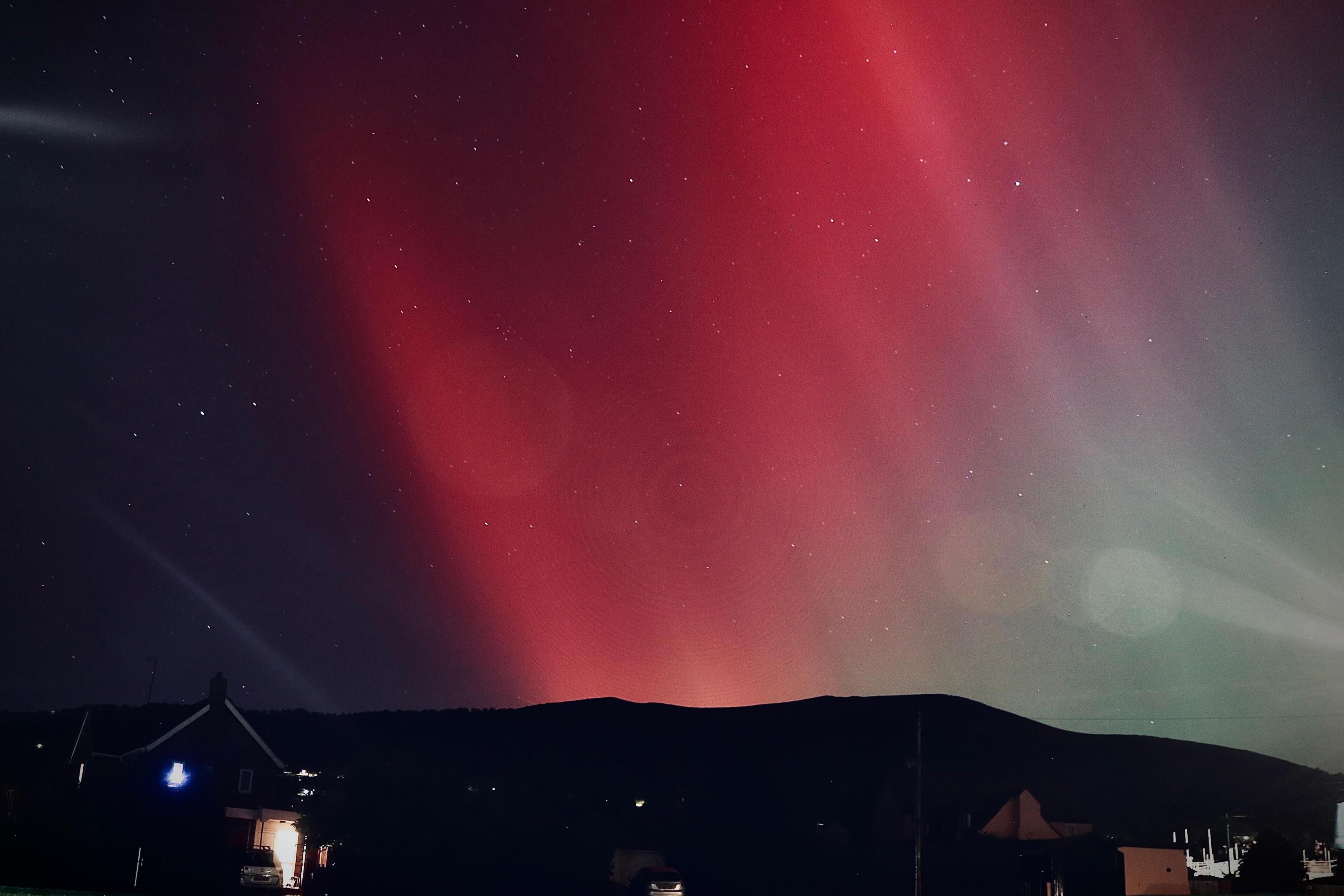
Malvern, Worcestershire
From about 19:00 BST many people were able to see the Northern Lights, also called the aurora borealis.
Not everyone in the region could see the display, which was often clearer on cameras than with the naked eye.
The phenomenon is caused when charged particles from the sun hit gases in the Earth's atmosphere around the North poles.
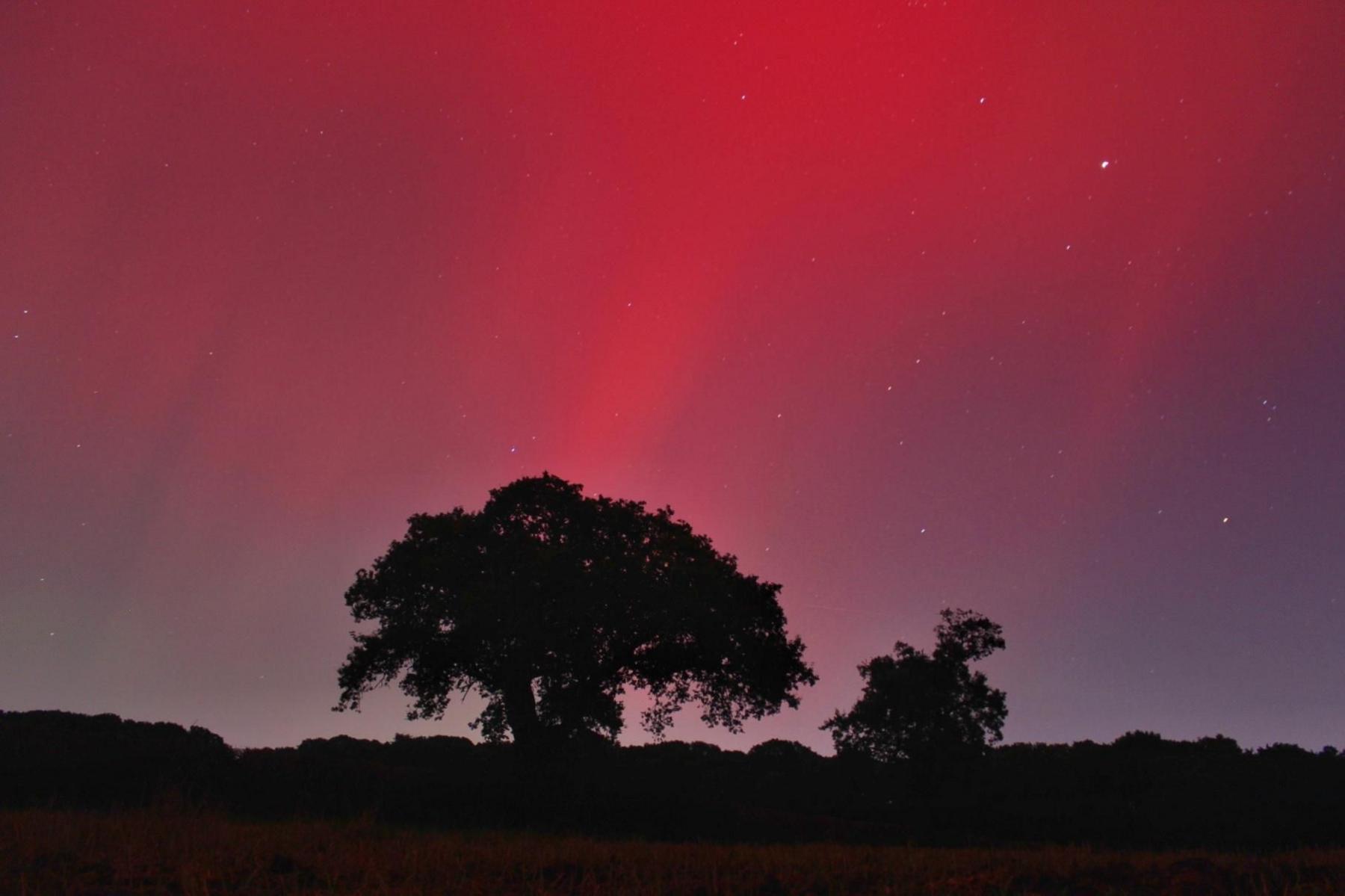
Stockingford, Warwickshire
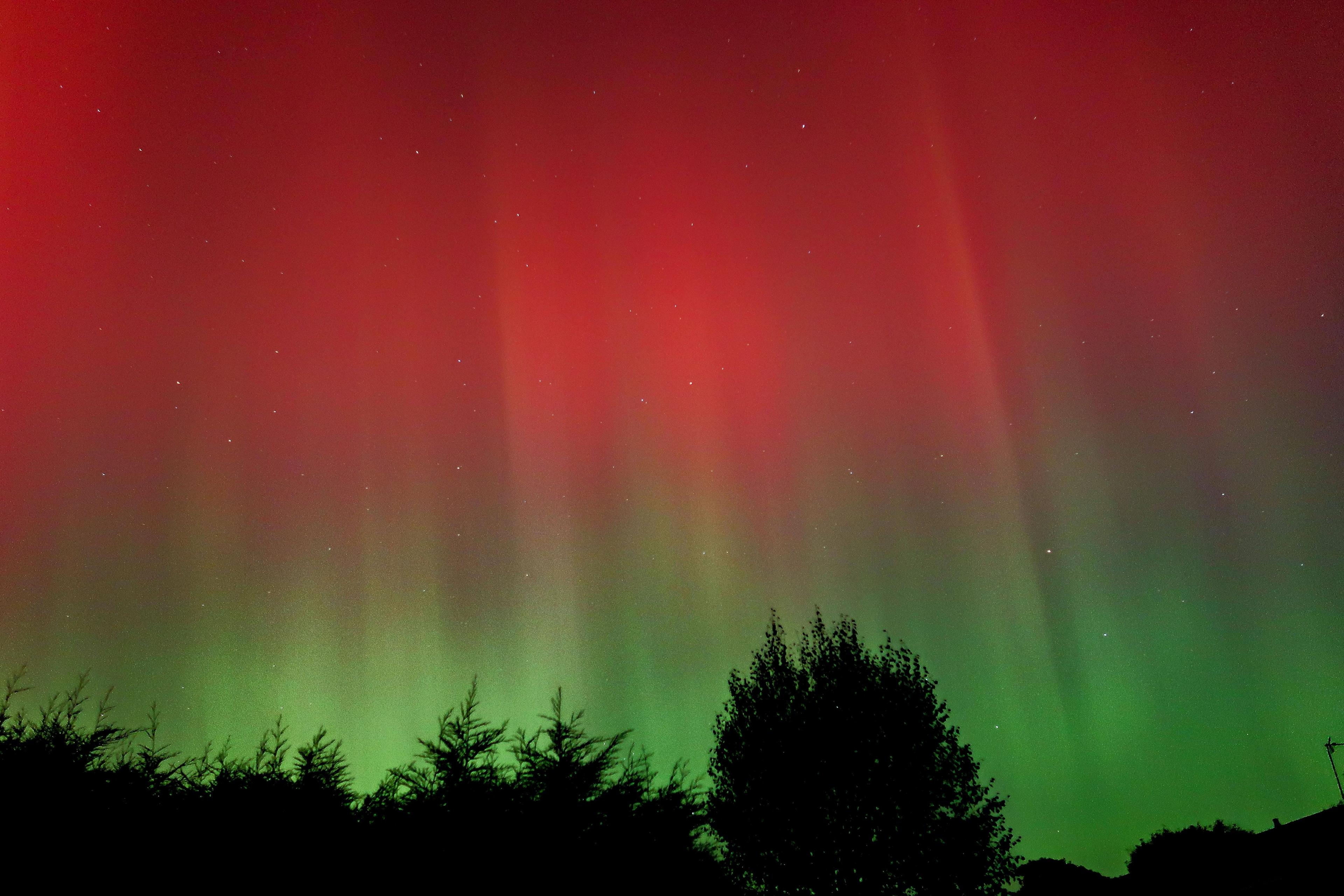
Bloxwich

Walcot Lake, Shropshire
Views of the northern Lights have become more common in the UK in recent years.
How far south they can be seen is determined by the level of solar activity.
The lowest part of an aurora is typically 50 miles (80 km) above the Earth's surface. The highest part could be 150 miles (800km) above the Earth.
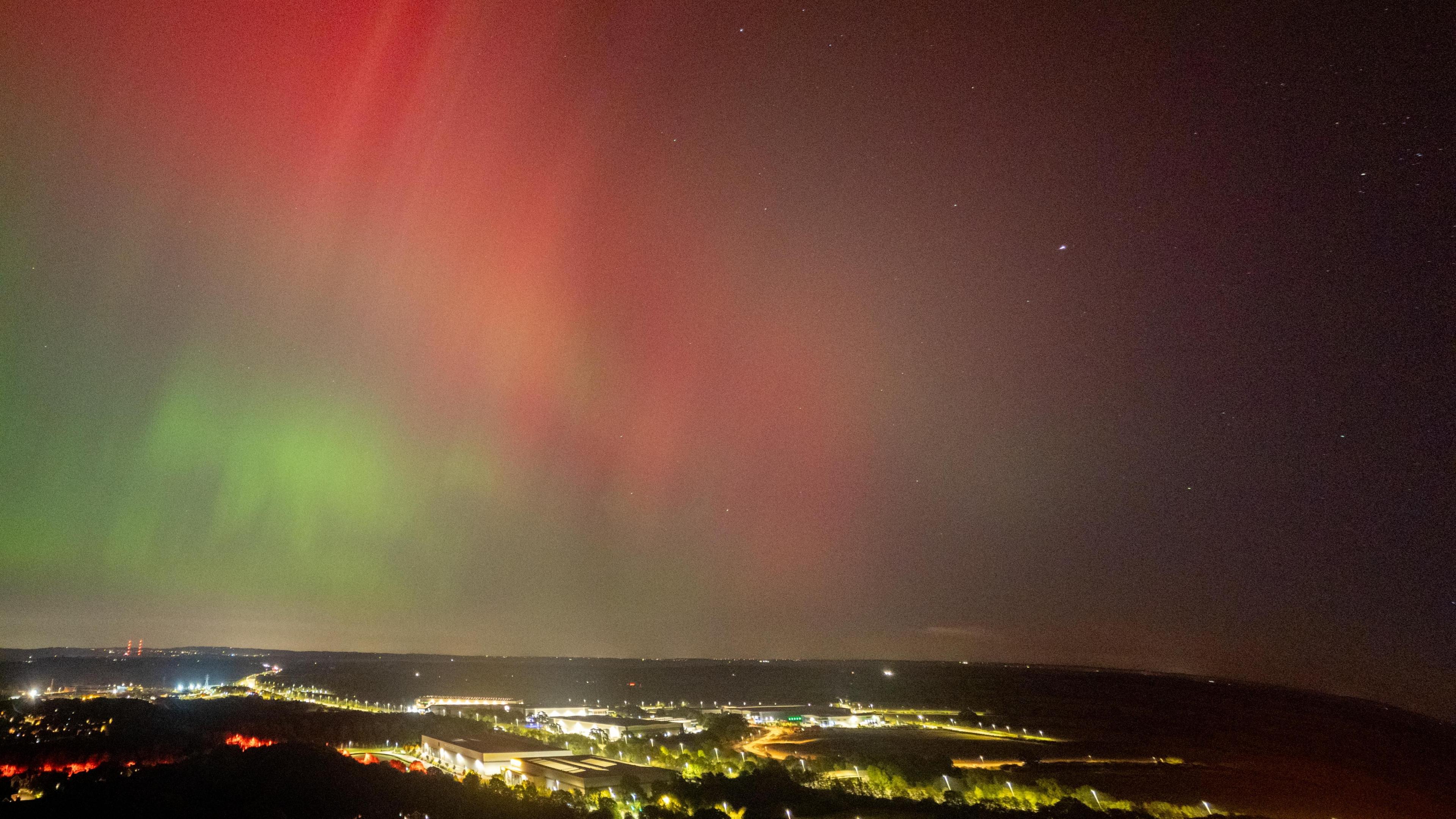
Worcester
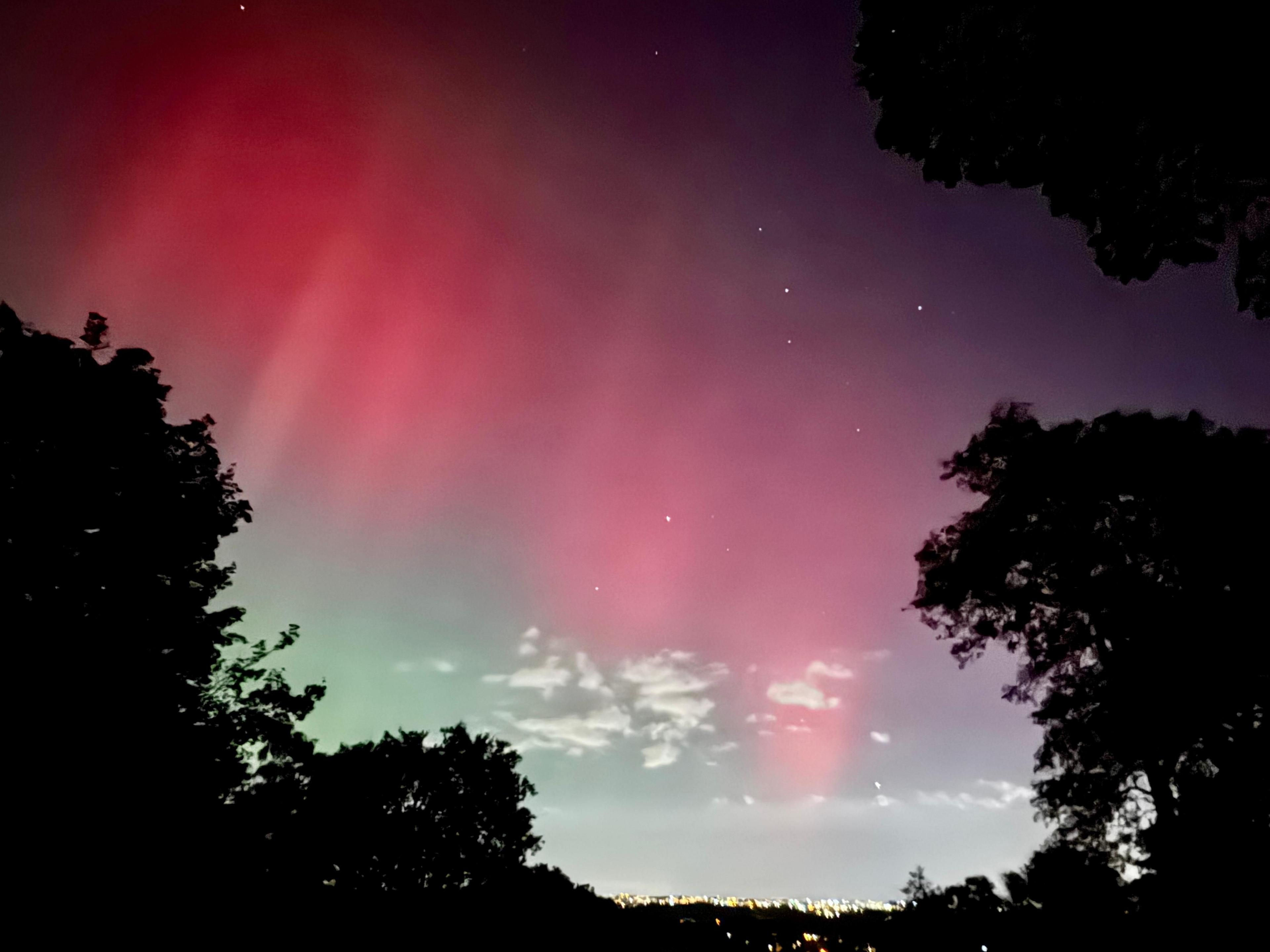
Kinver, Staffordshire
Thursday night's display was caused by a G5 solar storm - the highest on the 1-5 scale.
But such storms can also interfere with satellites and power grids around the world.
The Northern Lights have been visible several times during the year.
If you want to take photos of them, meteorologists advise using a long exposure camera.
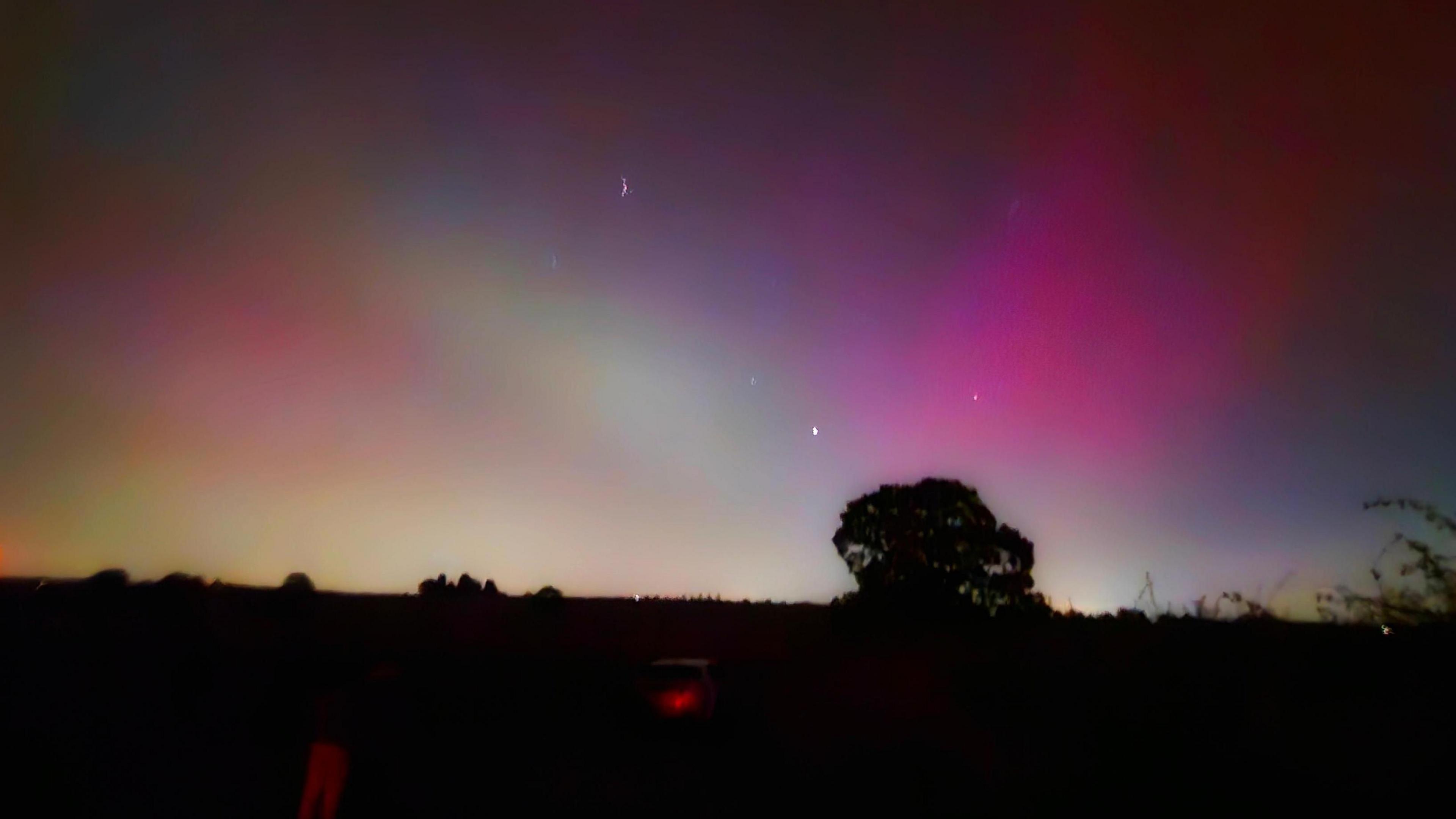
Sutton Coldfield
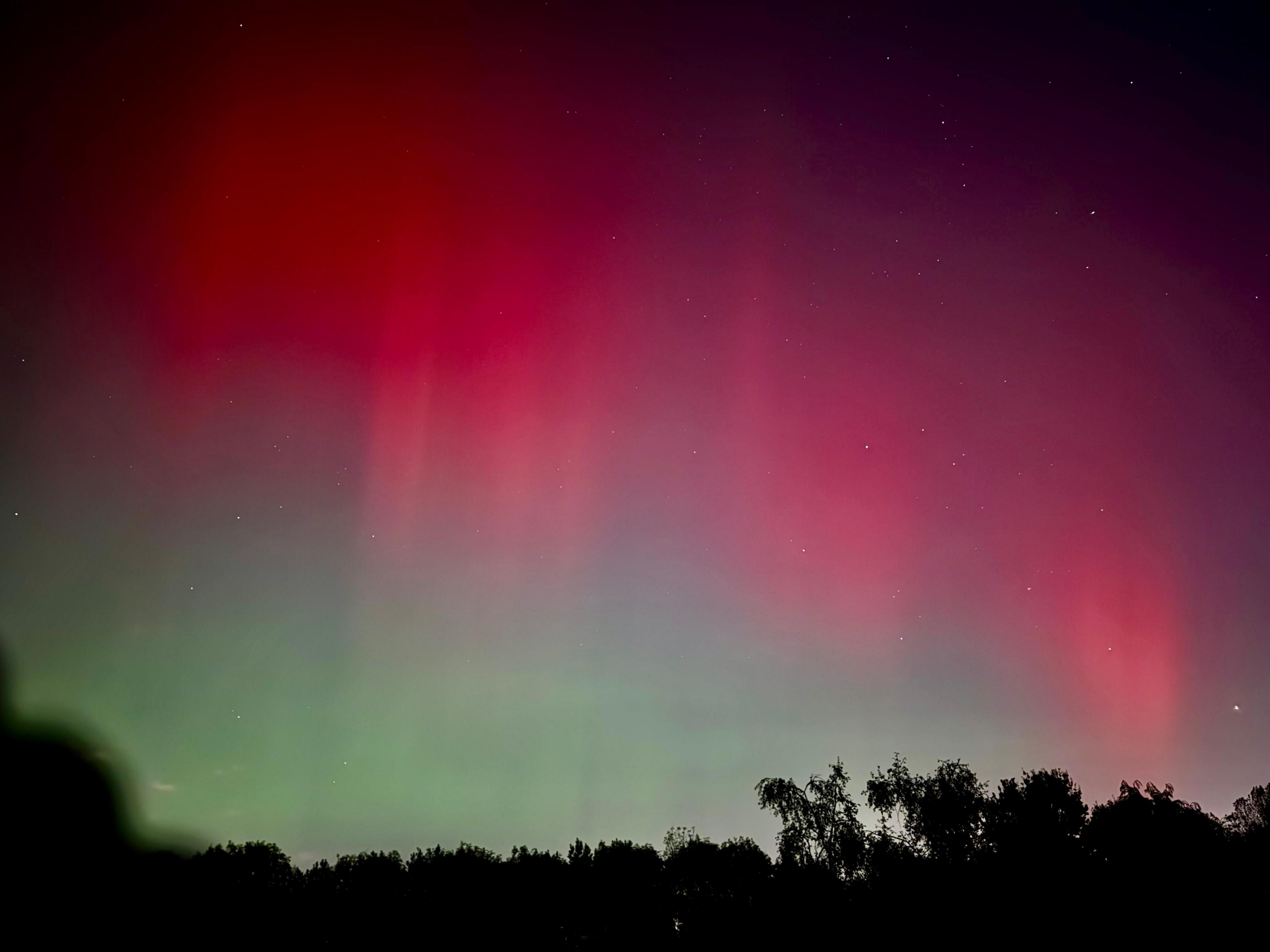
Wolverhampton
We love to feature your photographs from across the West Midlands.
Upload your images via BBC Weather Watchers or email us at midlandstoday@bbc.co.uk, external.
For inspiration, view some top tips from three of England's Big Picture photographers.
Follow for more pictures on Instagram from BBC Birmingham, BBC Coventry & Warwickshire, external, BBC Hereford & Worcester, external, BBC Shropshire, external, BBC Stoke & Staffordshire, external and BBC Wolverhampton & Black Country, external.
- Published11 October 2024
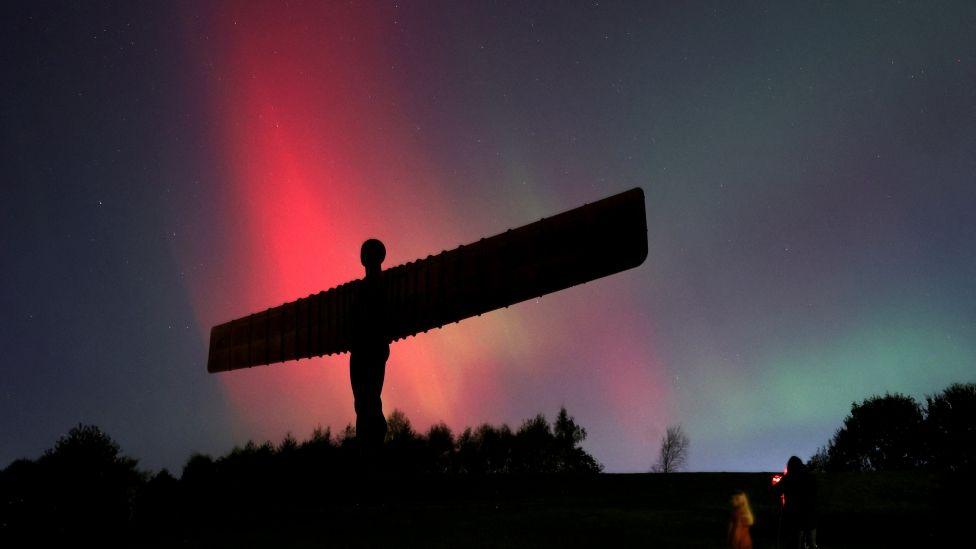
- Published10 October 2024
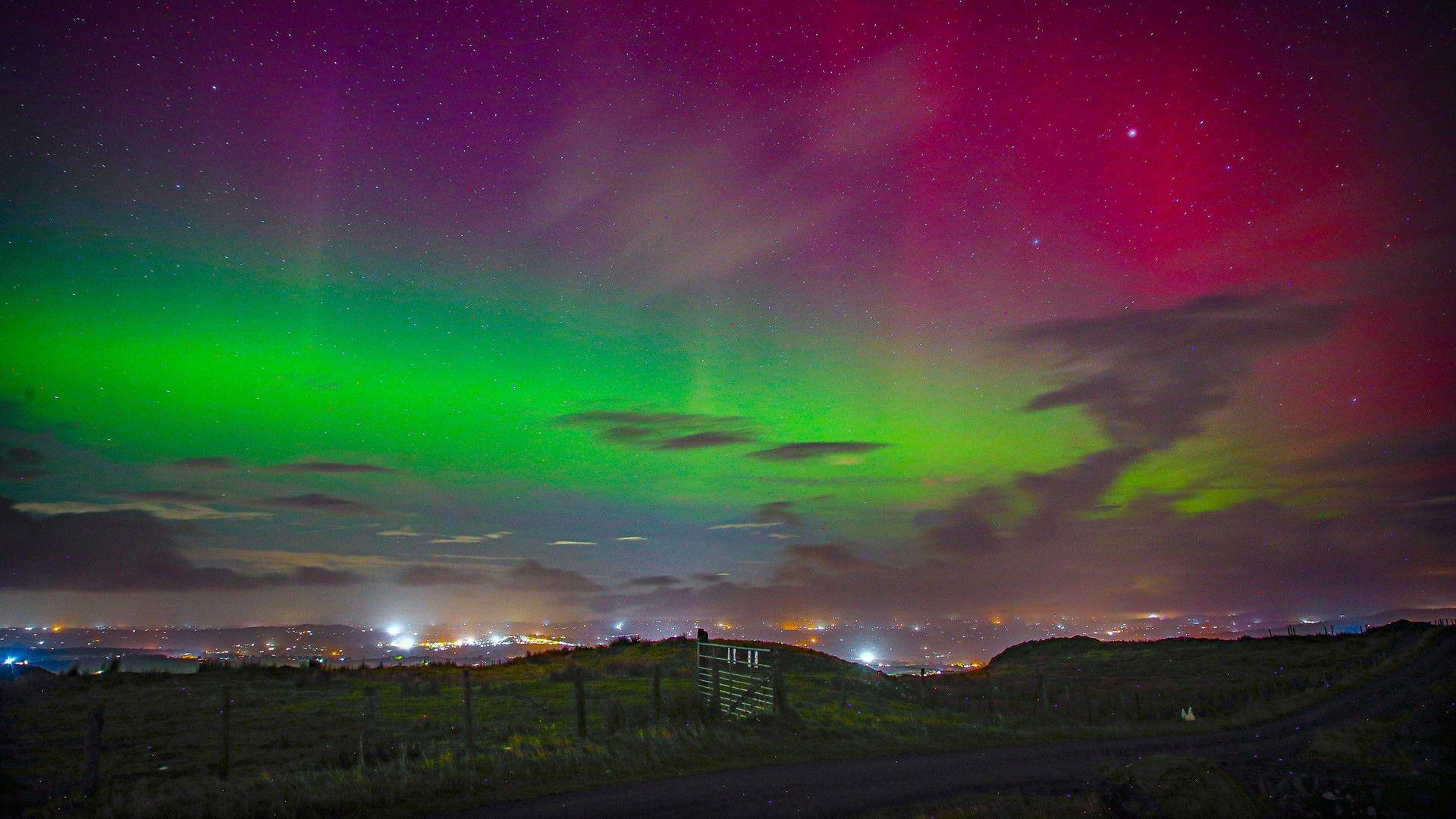
- Published2 January
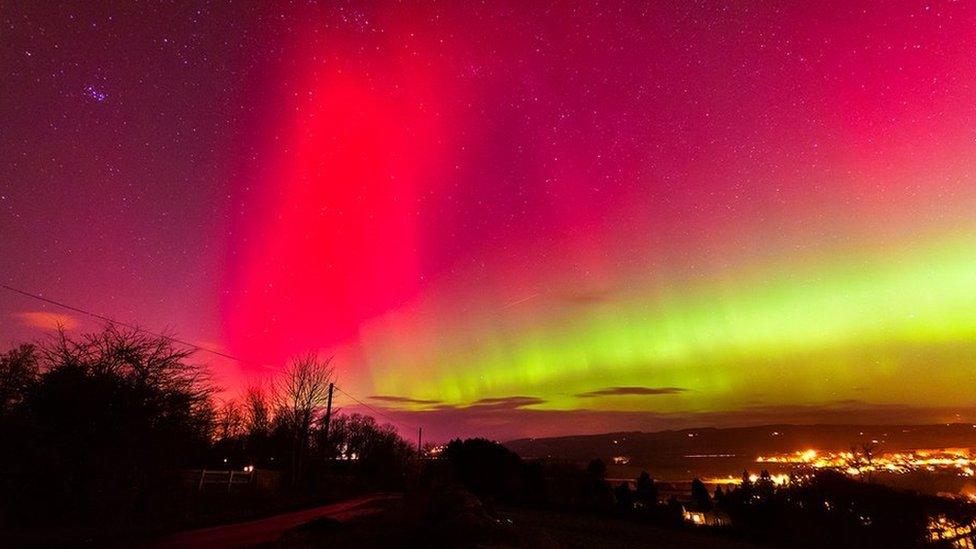
- Published14 August 2024
